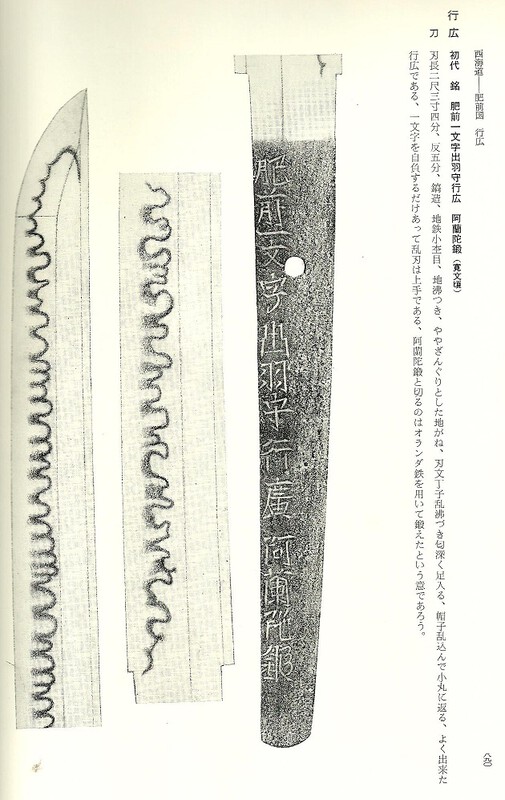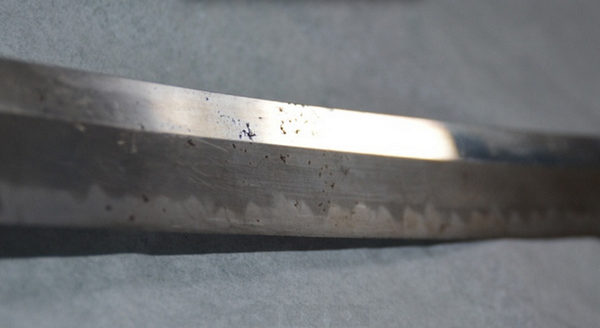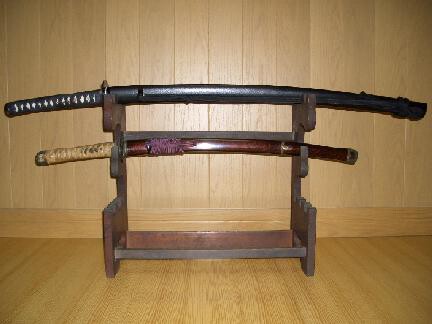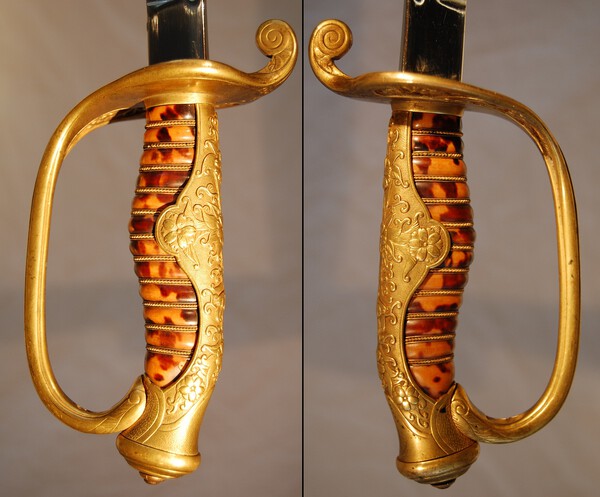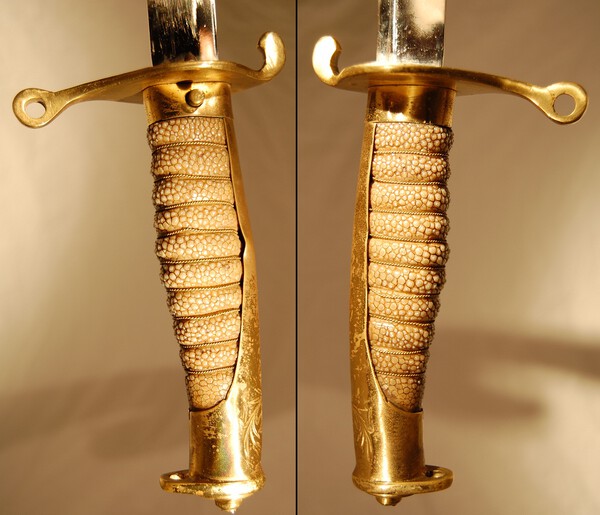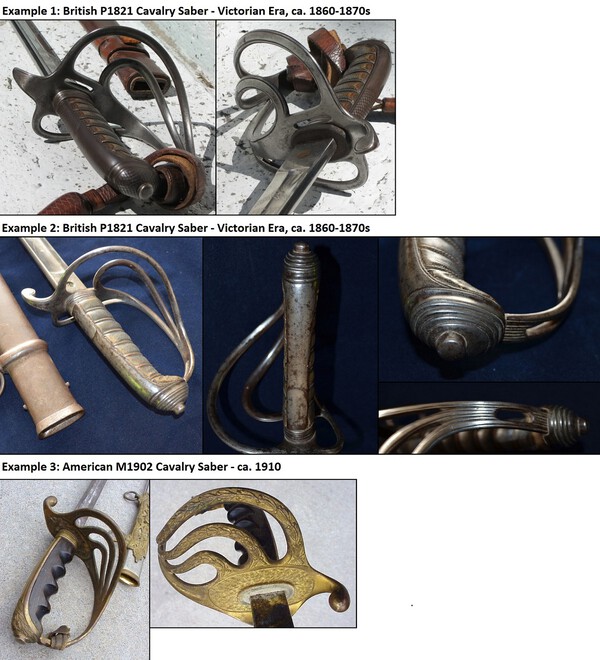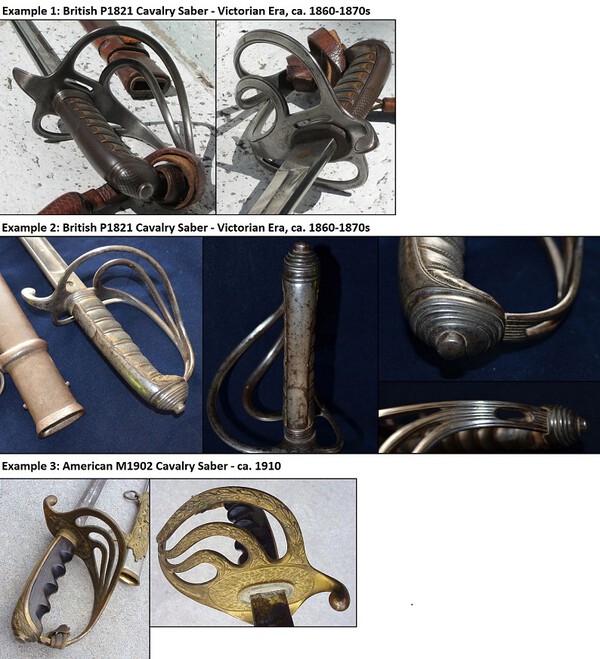
mdiddy
Dealers-
Posts
642 -
Joined
-
Last visited
-
Days Won
1
Content Type
Profiles
Forums
Events
Store
Downloads
Gallery
Everything posted by mdiddy
-
Here are a couple scans that might help. Hizen Yukihiro is a good smith - take advantage of the upcoming shinsa and get it papered.
-
To add a little, kiku mon of Shodai Hisamichi show a lot of variance and in general are one of the less uniform mon on nakago (e.g. as compared to Yamashiro Kunikiyo, the Aoi mon of Yasutsugu, etc).
-
I think it is Toto ju Minamoto Yoshiharu Saku: http://japaneseswordindex.com/oshigata/yoshharu.jpg
-
Based on the shape and style of the big clusters of gunome, and the mei, I would say its likely shoshin. I compared to examples in Nihonto Zuikan and will see if I can scan/post some of those pages for you to compare to.
-
The mei looks suspect to me. Comparing to references, it does not look to match to the 1st or 2nd gen. The stroke style, stroke width, and position of the mei on the nakago do not align. According to Fujishiro, there was a 3rd gen but none of my references have an example. I'll see if I can upload a few pages of examples for comparison.
-
There are no other measurements at this point that will tell us more. The hamon is the strongest indicator for ID on this sword. You could investigate the Kanemoto school of Mino province as they were well-known for sanbon-sugi hamon. If you want a more official ID on the sword, you could send it to a shinsa. A shinsa is a panel of Japanese sword experts who appraise swords and issue authenticating documents based on their judgements. These authenticating documents are highly regarded by collectors, particularly in the instance of swords without signatures. You can google 'shinsa' or search this forum for more information on them. There happens to be one coming up at the end of February in Tampa, FL. If interested, you can find more info here: viewtopic.php?f=6&t=16581&st=0&sk=t&sd=a
-
Great collection - thanks for sharing. The first one looks to have a larger saya. Is that a result of the weather cover or does the saya protect a larger, maybe special blade?
-
Fair point - it could be, even with the suriage. To me, the irregular nature of the gunome points (no pun intended) to earlier Mino work. In Shinto and Shinshinto Mino-den, I would have expected a more uniform gunome pattern.
-
Yes, I would recommend displaying with the edge up. The picture below is a good example. If you really want to go all out, I would recommend finding a nice and well-made antique katanakake, or sword stand, to display it on. For more info on who made your sword, I would recommend looking into the Kanemoto school from Mino province. They were the originators of that type of hamon.
-
Yes and I would recommend against having the sword restored. It is a valuable item, but maybe not enough to justify a proper restoration. And in its current condition, you can readily appreciate the hamon and other features.
-
Brenda, Thanks for sharing. It looks like you have a nice, authentic, and old Japanese sword. The first distinction I would make is that your sword is a wakizashi, or short sword, and not a katana. It looks to be suriage, or shortened, so maybe at one point in time it was longer. The sword looks to have a very characteristic type of hamon known as sanbon-sugi that features alternating peaks. This hamon originated in Mino province ca. 1500 so its likely your sword was made in Mino province sometime in the 1500s. It was likely shortened later and remounted into the current mounts. I do not know too much about fittings, but I would say the mounts look fairly average. The menuki look nice and large to my eyes. It is not a national treasure, but overall a honest, complete, authentic, and old Japanese sword. With regards to the condition, I see some light rust, scratches, etc but do not see any major flaws from the pictures provided. It is important that the sword is properly cared for to keep it from rusting or its condition deteriorating. Please see here for information on how to properly take care and maintain the sword: http://www.nihontomessageboard.com/faq.html. Light oiling from time to time will keep it in its current condition. I hope that helps and feel free to ask questions. Best, Matt
-
Brian, Thanks for sharing the extra pics. I agree it looks like it has a wild boshi. A few extra things I gleaned include a smattering of nie in and above the hamon, some looser mokume structure, kurijiri nakagojiri, and even though the nakago is rusted it looks like kiri yasurime. Maybe a late Muromachi/early Shinto (i.e. Keicho Shinto as Chris mentioned perhaps) blade with Soshu/Mino leanings. Without seeing more, I'd guess something like Chikuzen Nobukuni, Shitahara, Sue-Mino. That does not narrow it down much, but its my first guess. This might be a good candidate for the upcoming NTHK-NPO Shinsa. Matt
-
type 19 kyu gunto dress swords, i love them.
mdiddy replied to lonely panet's topic in Military Swords of Japan
Hamish, Nice examples. Is the large beefy blade a mounted nihonto? Below are pictures of a generals parade saber that I once had. Matt -
Peter, It looks like a WWII-era (Manchuko) Chinese army dagger. It probably has some special designation but I do not know enough about them to comment on details. Somewhat related, I have had a couple police wakizashis with a similar star/sorghum motif on the backstrap (see pics below). At first glance, the wakizashis look like typical WWII-era Japanese police wakizashis. However, they are a little more crudely made. I also think they are related to Manchuko. Matt
-
Brian, The sword looks ubu to me - one hole and hamon ends right after hamachi (see pic). It also does not have much curvature. Considering that after just a cursory glance and I would start with Shinto. However, can you tell us more about - or provide more pictures that show - the areas of masame hada and how it interacts with itame hada, what activities there are in the hamon, the depth of the nioi guchi, etc. Also, can we see a close-up picture of the nakago and the yasurime? Matt
-
Brandon, Thanks for sharing. Its a little tough to determine the age based on the photographs. The nakago suggests the blade is likely older since it has been shortened but without seeing an overall picture of the blade and its curvature its hard to tell when the sword may have been made. Would you be able to get an overall picture of the sword and its curvature? A ladder looking over a table may help with this (slight sarcasm). Also, seeing the hada and hamon more clearly would help too. Right now the hamon looks like a very fuzzy nioi-based chu-suguha, but in one picture you can see some pointed gunome in there. Thus, we might misjudge what the hamon is. In lieu of more photos, can you describe the hada and hamon? That too would help. Best, Matt
-
John, For quick info, you may want to check Ohmura's comprehensive site on gunto: http://ohmura-study.net/900.html. You will likely have to browse around but I remember he discussed ancestral blades in gunto mounts and showed examples. I would also recommend Fuller and Gregory's Japanese Military and Civil Swords and Dirks or Dawson's Swords of Imperial Japan, 1868-1945. While I'm sure many officers descended from samurai lineage and thus had ancestral swords to mount, it is worth considering that likely a large number of ancestral blades in gunto mounts were not handed down to the token Japanese officer in a family but were rather purchased by officers who came from families without samurai lineage or ancestral blades. After the Haitorei edict in 1876, there was a glut of swords that no longer served a utilitarian purpose. Swordsmiths had to turn to making cutlery, farm tools, etc as there was no demand for swords. Swords prices dropped. With the establishment of the Kyu Gunto, there was again demand for swords and Japanese officers not from samurai lineage could afford to stock these mounts with ancestral blades from the glut of blades on the market at that time. There was not sufficient demand for swords at this time to warrant a large-scale effort to manufacture swords again. That would come later as the Japanese army grew, the glut of ancestral swords shrank, and the Type 94 and 98 were introduced. This helps explain why Kyu Gunto mounts almost always contain ancestral blades (there are exceptions - I have for instance seen a Yoshichika in Kyu Gunto mounts). I hope that helps add a little color to the conditions under which an ancestral blade would be modified for gunto mounts.
-
Miha, You have a good eye. But I can confirm it is not hagire. It looks like a scratch and there is no corresponding abrasion on the other side of the blade.
-
Looks like maybe it is signed 'Hirashige Saku'
-
You are correct, it can not be showa stamped and gendaito.
-
In researching the hilt, I noticed that the metal parts had a lot in common with Victorian-era British examples of the P1821. The wood grip however was different and more aligned with the American M1902. I think the hilt falls somewhere in between the two. Here is a cut-up I did for the listing. Hope it adds a little more.
-
George - I agree, unscrewing the nut would allow the hilt to be removed. I think if you did that it would likely damage it. I left it on as is. My opinion is that the sword is Shinto and that the mounts were made later. I expect the sword was adapted to the hilt but that the saya was made specifically for this blade. The blade is long and fits perfectly in the saya. The saya is also oversized compared to Western sabers from the 1860s-1870s. There were no markings or writing on any part of the mounts that I could discern. What you see on the kojiri looked like a series of X's.
-
The full mei is Bishu Osafune ju Katsumitsu. Can you post larger pics? We might can then comment on whether the mei is legitimate.
-
Brian - please do. I'm happy to discuss it here as well if forum members have additional thoughts to add. I have more pictures, historical pictures, and research I can add too.
-
Edit - I agree with Daniel!

